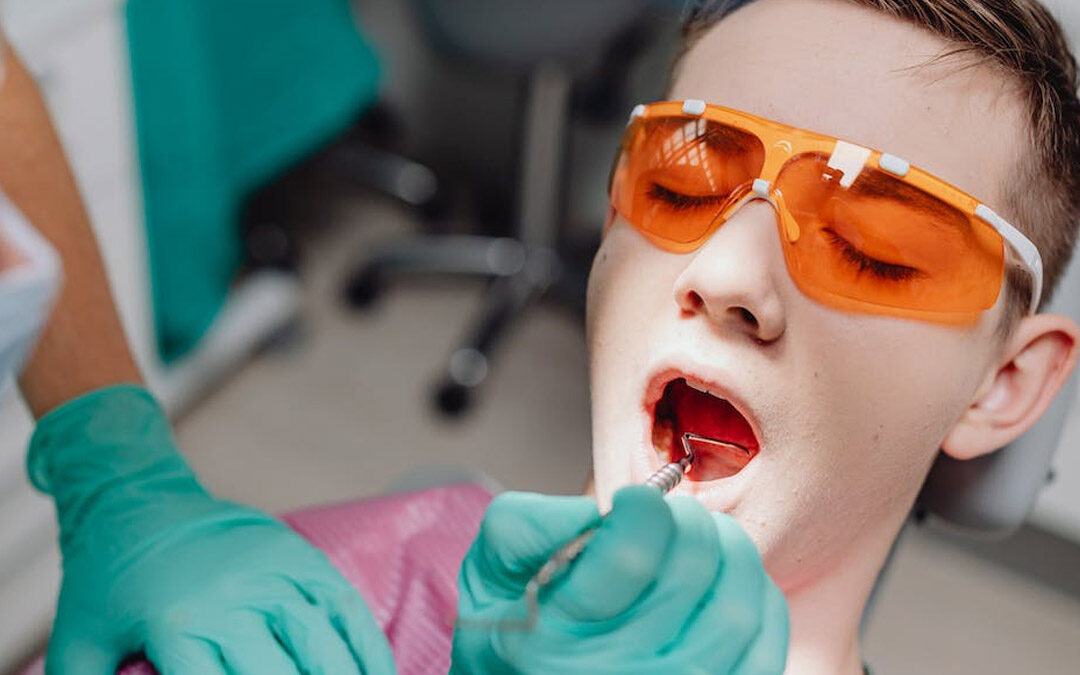Sedation dentistry is a critical and necessary tool for dentists treating patients who require dental surgery and more complicated or lengthy procedures.
However, it isn’t just for surgeries.
Sedation dentistry is also critical for an entirely different and less discussed group of patients. For people who suffer from severe dental anxiety, the option to be sedated during their procedure is a must. The same is often true for children and patients with special needs.
Most common reasons for sedation dentistry
Surgical procedures aside, these are the most common needs for elective sedation during a dental visit:
- Dental anxiety
- Fear of needles
- Special needs
- High tooth sensitivity
- Extreme gag reflex
- Fear of the dentist, particularly children
- High local anesthesia tolerances
- Uncontrollable movements
The types of sedation used in dentistry
Different treatments— or even the patient alone— may dictate the type of sedation used during a visit. These are the most commonly used methods of sedation dentistry:
- Nitrous Oxide (Commonly called “Laughing Gas”)
- IV Sedation
- Oral Sedative
Nitrous oxide is the well-known gas provided through a mask placed over the mouth and nose. It takes less than 5 minutes in most cases to sedate the patient, and when the procedure is complete the dentist will provide pure oxygen through the mask to flush out any nitrous oxide still in the patient’s system. This oxygen flush allows patients the ability to drive themselves home after their visit
Intravenous sedation is the strongest method of sedation as it is delivered directly into the bloodstream. This option is used mainly for long or surgical procedures. In rare cases, it may be utilized for patients with the most extreme forms of dental anxiety.
Oral sedatives are usually in the form of a triazolam or lorazepam pill for adults, and in liquid (syrup) form for younger patients.
Side effects of dental sedation
Sedation dentistry is regarded industry-wide as highly safe when administered correctly. However, as with any sedation or drug, a chance of side effects is always possible and do occur. While mostly minor and temporary, these include:
- Headaches
- Soreness/bruising (IV only)
- Nausea
- Lingering drowsiness
- Irritability (particularly with childred and special needs patients)
- Fever (usually associated with oral sedatives only, more common in children)
Before and after sedation dentistry
Except in the case of nitrous oxide, your dentist will require that the person providing you a ride home is a trusted friend or family member and is present at the time of the procedure.
Once the sedation wears off, you will be released to your friend or family member ONLY. It is usually advised to go directly home and rest until the sedation completely wears off.
Do dentists let you request sedation for any procedure
In many cases, your dentist will dictate when sedation is necessary. However, there are select dental facilities and dentists that will allow you to request sedation during your visit, even for routine procedures. For example, Cleveland Dental Institute fully honors a patient request to be asleep during visits. More on that here:
Finding a sedation dentist
Like just about anything these days, a quick Google search in your area should provide an answer as to whether any dentists in your area grant sedation by request.
That said— some dental facilities may permit voluntary sedation but may not advertise it on their profiles, bios, or websites. The best case is to find the dental facility or dentist you are interested in and simply picking up the phone and giving them a call.
It should be noted that while dentists may typically grant your sedation request, there are conditions in which sedation dentistry will be denied. Examples of this may include patient pregnancy or a medical history with or allergy history to medications and/or sedatives.

For more, follow us on our Facebook page.

